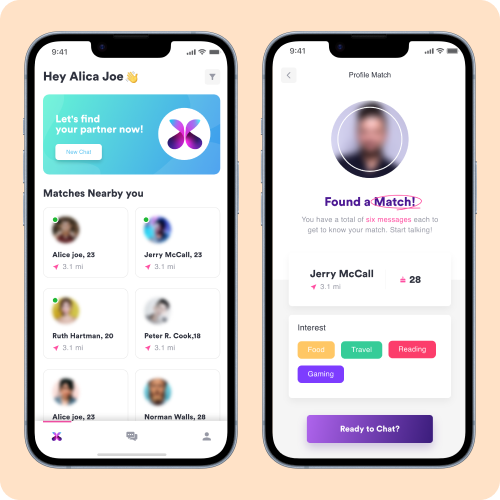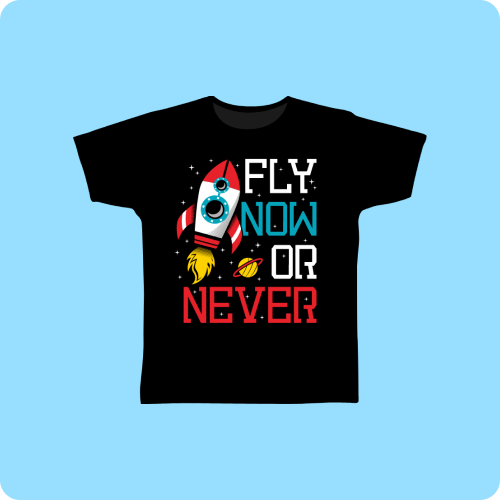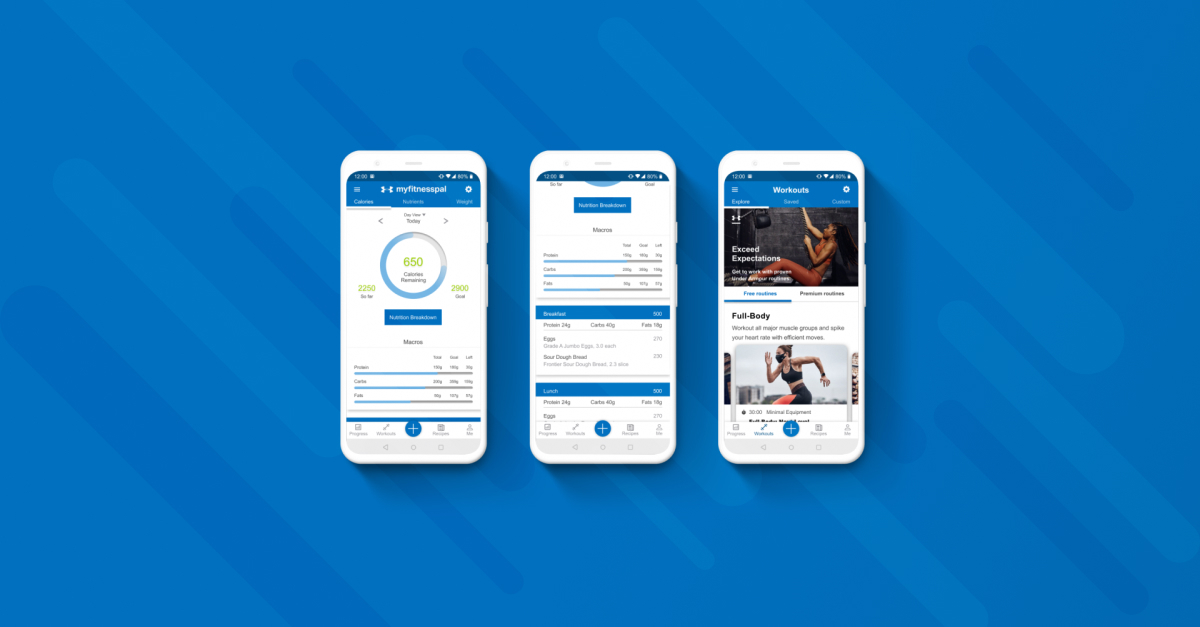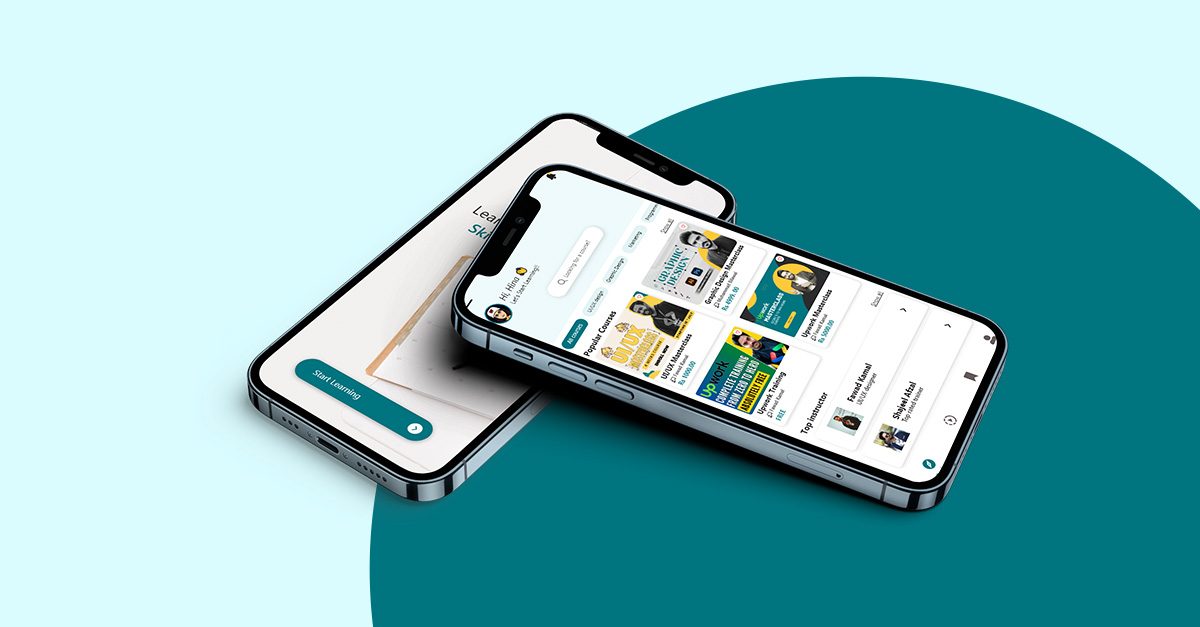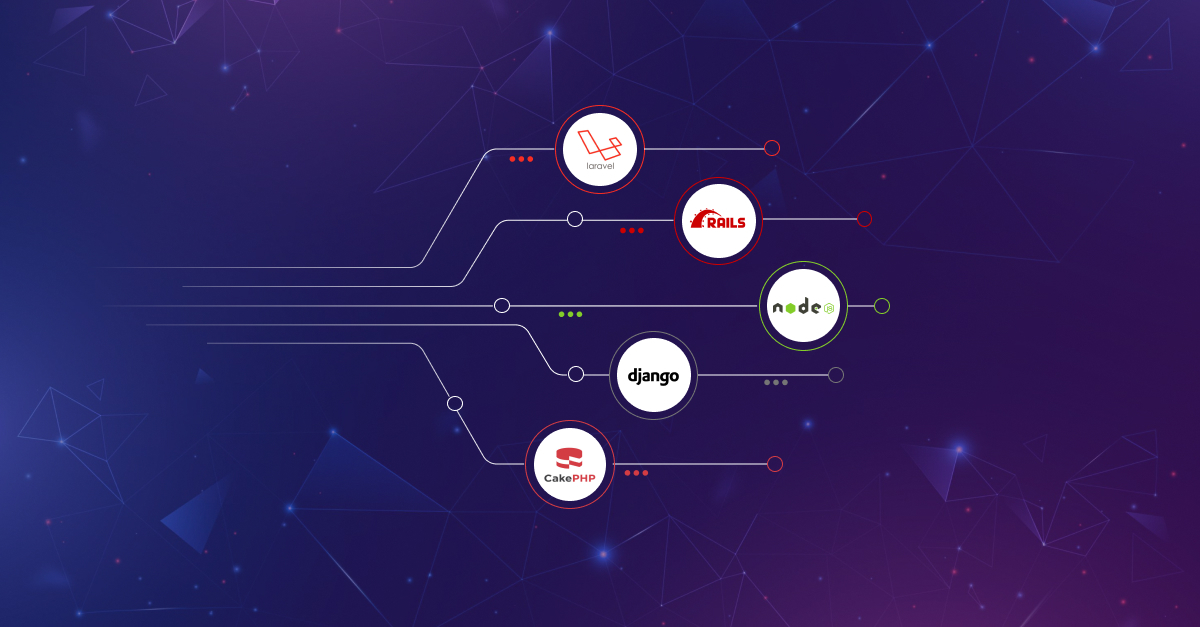Laravel acclaims to be the best PHP framework for web application development. It grabs the attention of front-end developers since the time of its release. The reason behind the immense popularity of Laravel is its rapid development capabilities.
It serves as a robust framework to build applications speedily. Laravel has profoundly reformed front-end development with its model-view-controller (MVC) architecture pattern. The MVC pattern offers a hassle-free approach to work on big projects.
The team of dedicated Laravel developers is consistently working on recovering the shortcomings shared by the previous version of Laravel with the renewal of each latest version. Presently, Laravel 5.8 is gaining all the limelight due to its rich-feature and ability to create dynamic applications.
Just after the arrival of Laravel 5.8, every Laravel development company became restless to explore its features and implement them in their work practices. But if you yearn to master this framework then, it is essential to have a clear understanding of the core concepts of the Laravel framework. You may also want to read about “Why Laravel is a Good Choice in 2019?”
Laravel’s fundamental concepts include Routing, Views, Eloquent ORM, Controllers, Middleware, Models & Migrations, Requests, and Responses. Laravel development services get established upon these concepts so let’s peek into them individually.
Routing
Routing allows a Laravel developer to route the application request to its apt controller. It is a process in which all requests are outlined with the help of a route. Laravel routing is divided into three categories involve Basic routing, Route parameters, and Named routes.
In the Basic routing, all the application routes are inscribed in the app/routes.php file. The file directs Laravel for the relevant URLs to which it should respond and get a closure call back from the associate controller.
Route parameters are defined URL paths to capture the routing of an app. Named routes, is the most convenient method in which the chaining of routes can be referred by name upon the route definition.
Controller
As stated earlier Laravel framework follows an MVC architecture pattern in which ‘C’ stands for Controller that is responsible for passing information between Models and Views. If you want to generate Controller then, open a command prompt on the operating system you are using and type the following command:
PHP artisan controller:make [Name]Controller
Views
The role of the Views is to separate the presentation logic and business logic. It is used for the UI of an application and consists of HTML that will be served by the application. Generally, a view file contains the information being presented to the users. Also, it can be a whole web page or sections of a page such as a footer or a header. Views are stored in the proper views/resources directory.
Models & Migrations
Models are a medium to manage the business logic in an application attributed to the MVC framework. It is mostly used to interact with the database by allowing you to insert, update and retrieve information in the data table.
On the other hand, Migrations renders a way to keep a record of the changes you built in the data table amidst the development process. Additionally, Migration offers a beneficial approach for collaborative development to keep the database in sync without the need to drop and recreate the database every single time changes occur.
Request and Responses
Request in Laravel focuses on handling all the HTTP requests from the client’s end. A Laravel development company can access all the client inputs with this component. You can use Request anywhere like specified request()->field_name.
The Response object is a rebound action to the user’s browser, each time a user sends the request. All controllers and routes ought to return some response in regard to the request.
Middleware
Middleware bridges the gap between a request and a response. It is a kind of filtering mechanism that verifies the identity of an application’s user and checks its authentication. If a user is authenticated, Middleware redirects him to the homepage otherwise he gets redirected to the login page. To execute Middleware a dedicated Laravel developer can follow the command:
PHP artisan make:middleware
Eloquent ORM
Laravel possesses the most potent ORM (Object-relational Mapping). It is a programming technique that enables an easy PHP Active Record Implementation. Eloquent ORM empowers Laravel developers to boost database queries or issues with simplified PHP syntax dismissing complex code writing in SQL code. It creates smooth interaction for the developers with the database table by providing a corresponding model to each of the tables.
These were the core concepts of Laravel that every dedicated Laravel developer must adept at agile web application development. Laravel has overpowered the other PHP frameworks in every realm of front-end development.
Hire Laravel developers from Resourcifi as our team of Laravel experts have a sound knowledge of these core concepts and can help you to achieve your business objectives by implementing them.










